
Tsutsugaki, textiles, indigo du Japon Musée Guimet. Art And Illustration, Illustrations
Japonisme. Young Ladies Looking at Japanese Objects by the painter James Tissot in 1869 is a representation of the popular curiosity about all Japanese items that started with the opening of the country in the Meiji Restoration of the 1860s. Japonisme [a] is a French term that refers to the popularity and influence of Japanese art and design.
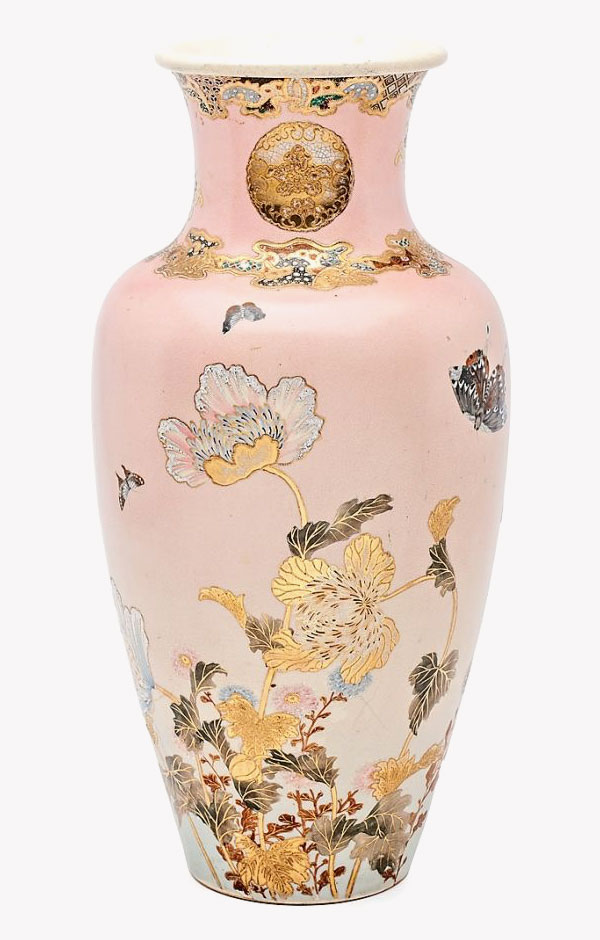
Japonisme and Its Impact on Modern Graphic Design — The Designest
At the dawn of the 20th century, perhaps the most vivid works that combined Japonisme, Art Nouveau and the impending Art Deco and Modernism movements were those by the furniture designer and.
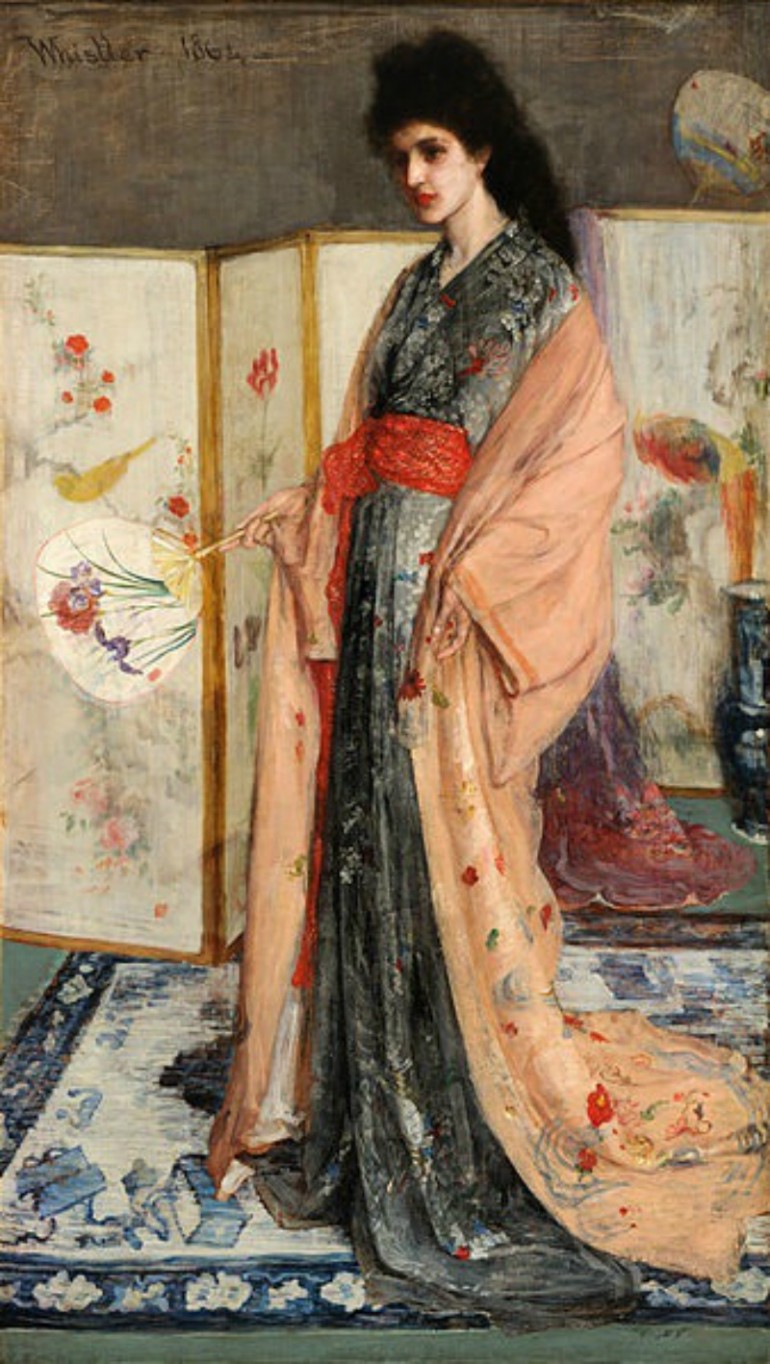
JAPONISM THE INFLUENCE OF JAPANESE UKIYOE WOODBLOCK PRINTS IN WESTERN ART
Parisians saw their first formal exhibition of Japanese arts and crafts when Japan took a pavilion at the World's Fair of 1867. But already, shiploads of Oriental bric-à-brac —including fans, kimonos, lacquers, bronzes, and silks—had begun pouring into England and France. It is said that James McNeill Whistler discovered Japanese prints.

Art Nouveau Japonisme French Cut Glass Bronze Mount Vase E Etsy
Japonisme coincided with modern art's radical upending of the Western artistic tradition and had significant effects on Western painting and printmaking.. Like many artists associated with Art Nouveau, Henri de Toulouse-Lautrec was greatly affected by Japanese art and design. His posters, such as the one for a café-concert club.

L'Art nouveau et Japonisme Alonso International Glass Collection
Overview. From the 1860s through to the 1890s the rise of Japonisme and the Art Nouveau movement meant few could resist the obsession with all things Japanese. Superbly crafted and often highly decorated Japanese objects - lacquer, metalwork, ceramics, enamels and other decorative items rich in new and exotic subject matter - stimulated and.

French Art Nouveau "Japonisme" by Emile Gallé Art nouveau furniture, Art nouveau
Japonisme was a movement that began in the 1800s and lasted until the early 1900s. It was a movement where artists were influenced by Japanese art and culture. This movement led to the development of the Art Nouveau movement. The Art Nouveau movement was a movement that began in the late 1800s and lasted until the early 1900s.
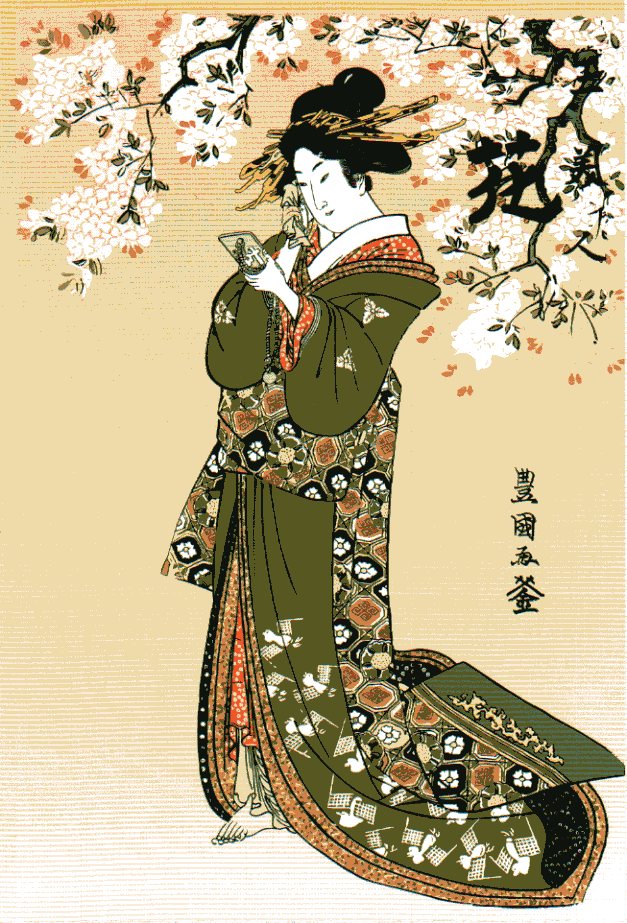
A Guide To Traditional Japanese Art Forms
From the 1880s until the First World War, western Europe and the United States witnessed the development of Art Nouveau ("New Art"). Taking inspiration from the unruly aspects of the natural world, Art Nouveau influenced art and architecture especially in the applied arts, graphic work, and illustration.Sinuous lines and "whiplash" curves were derived, in part, from botanical studies.
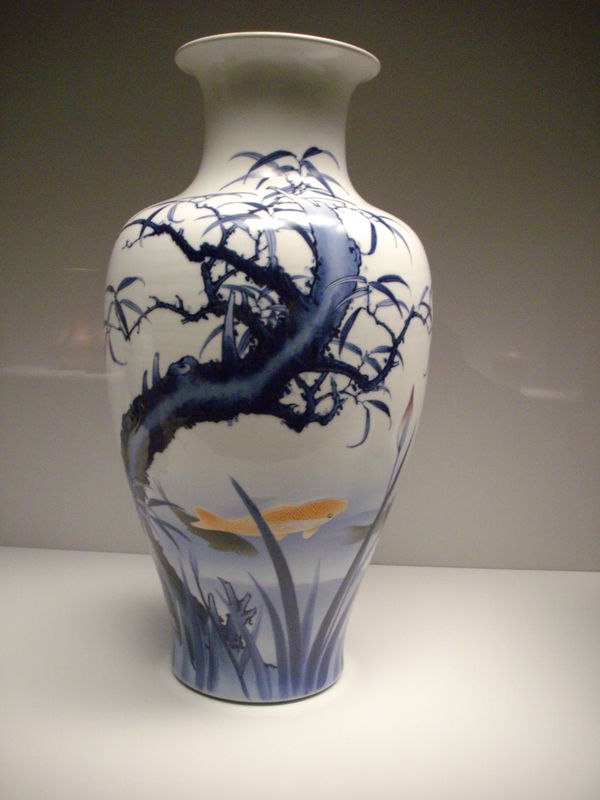
Les Arts décoratifs japonais face à la modernité 1900/1930 Bigmammy en ligne
Japanese art has always had a huge impact on many European artists. The Impressionist painters and Post-Impressionists like Claude Monet, Edgar Degas, Toulouse-Lautrec or Paul Gauguin were attracted and impressed by Japanese woodblock prints. In 1875 Claude Monet created his famous painting La Japonaise, showing his wife dressed in a Kimono and.
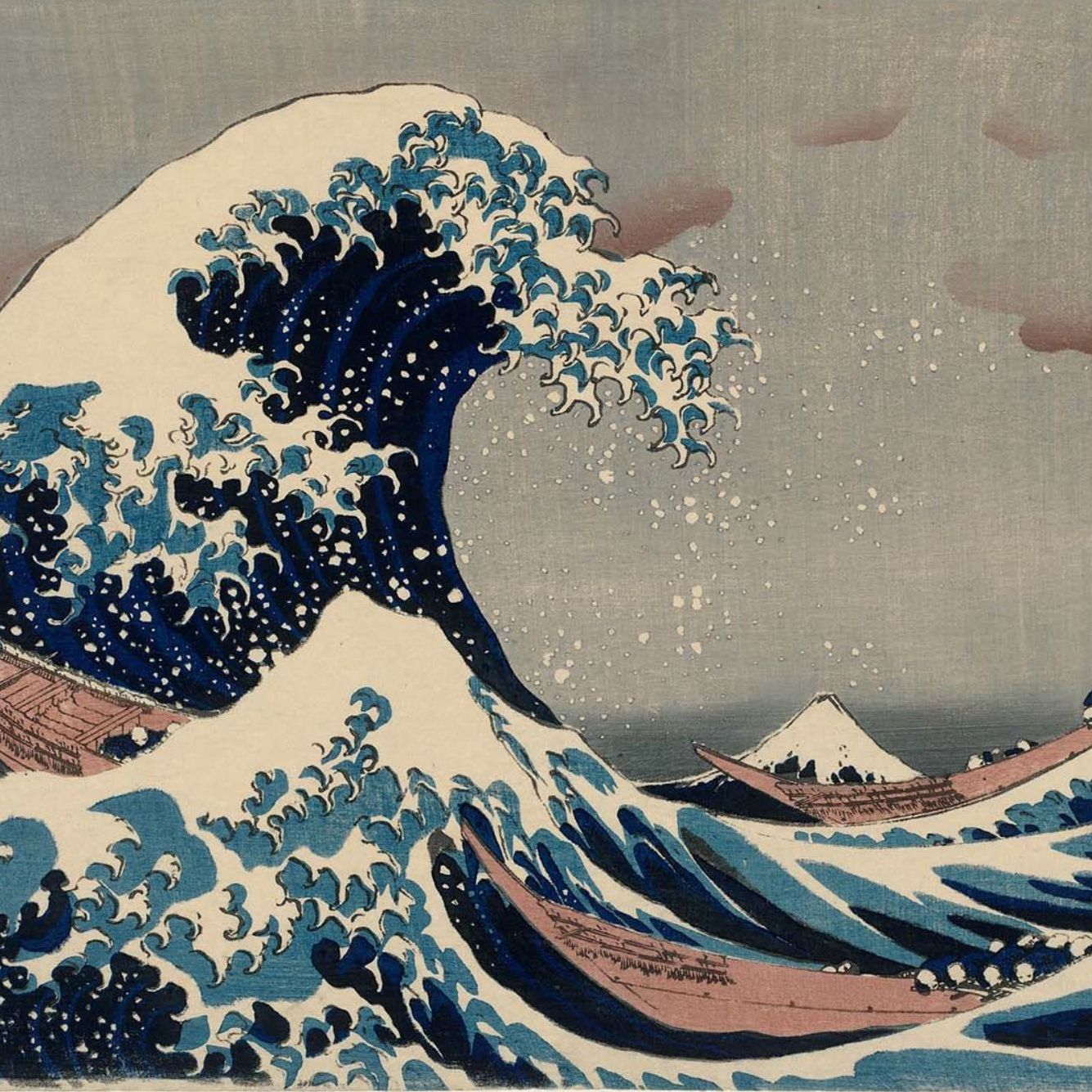
Which movements influenced Art Nouveau Test your skills
1. Tracing the development of Japonism and Art Nouveau in Western applied arts through the collection of the Budapest Museum of Applied Arts. Japonism was a phenomenon in which a wide range of works influenced by Japanese arts and crafts came to be produced in Europe in the late 19th century, eventually becoming one of the primary sources of Art Nouveau.

art_nouveau_japonisme_behang018c Maison l'Art Nouveau Tree wallpaper, Tree wallpaper design
Fast and Free Shipping On Many Items You Love On eBay. Looking For Art.nouveau? We Have Almost Everything On eBay.

French Art Nouveau Japonisme Secretaire For Sale at 1stdibs
As the new style of Art Nouveau emerged, the movement became known by different names across Europe: Art Nouveau or Jugendstil, Modernista, Secession, Glasgow Style, stile Liberty, Szecesszió, and stile Floreale.. Japonisme. Japan's long period of exclusion from the west ended in the mid 19th century, and from 1862 the work of Japanese.

Art Nouveau Japonisme French Cut Glass Bronze Mount Vase E Etsy
By 1902 the style was very popular in Japan, gracing not only postcards, but many other forms of graphic arts. Asai Chu was struck by the fact that western artists of the Art Nouveau style were particularly interested in the work of Ogata Kōrin (1658-1715). Also, artists who worked in the Art Nouveau style had borrowed motifs from Japanese.

Art Nouveau and Japonisme Baxter's Designs
Japonisme is a French term coined in the late nineteenth century to describe the craze for Japanese art and design in the West. James Abbott McNeill Whistler. Three Figures: Pink and Grey (1868-78) Tate. The term is generally said to have been coined by the French critic Philippe Burty in the early 1870s. It described the craze for Japanese.

Showcase circa 1900, Japonisme Art Nouveau Showcase at 1stdibs
The impact of Japan on Western art was as immediate and almost as cataclysmic as the influence of the West on Japanese life. After Commodore Perry opened Japan's door to the outside world in 1858, a wealth of visual information from the superb Japanese traditions of ceramics, metalwork, architecture, print-making and painting reached the West.
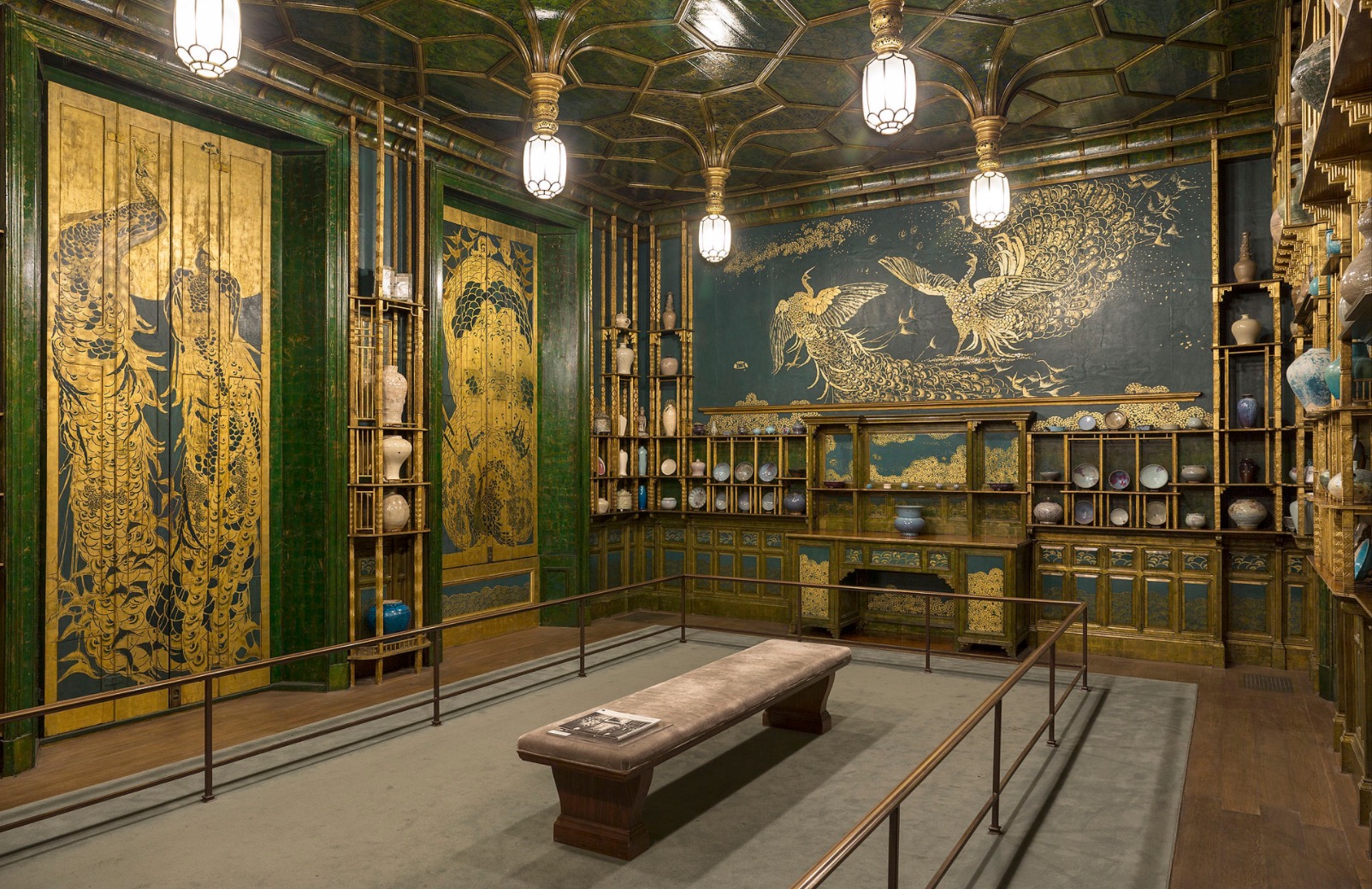
Japonisme A Fascination With Japanese Artwork Creative Market Blog
Japonisme coincided with modern art's radical upending of the Western artistic tradition and had significant effects on Western painting and printmaking.. Like many artists associated with Art Nouveau, Henri de Toulouse-Lautrec was greatly affected by Japanese art and design. His posters, such as the one for a café-concert club called.

Art Nouveau in Japanese Postcards Japanese art, Art, Japanese artists
What is Japonisme?. Japonisme is a word used to describe the study of Japanese art and, more specifically, its influence on European works. While the phenomenon is present in a range of movements—including Art Nouveau and Post-Impressionism—it is most closely associated with Impressionism, as artists like Claude Monet and Edgar Degas were particularly inspired by the subject matter.